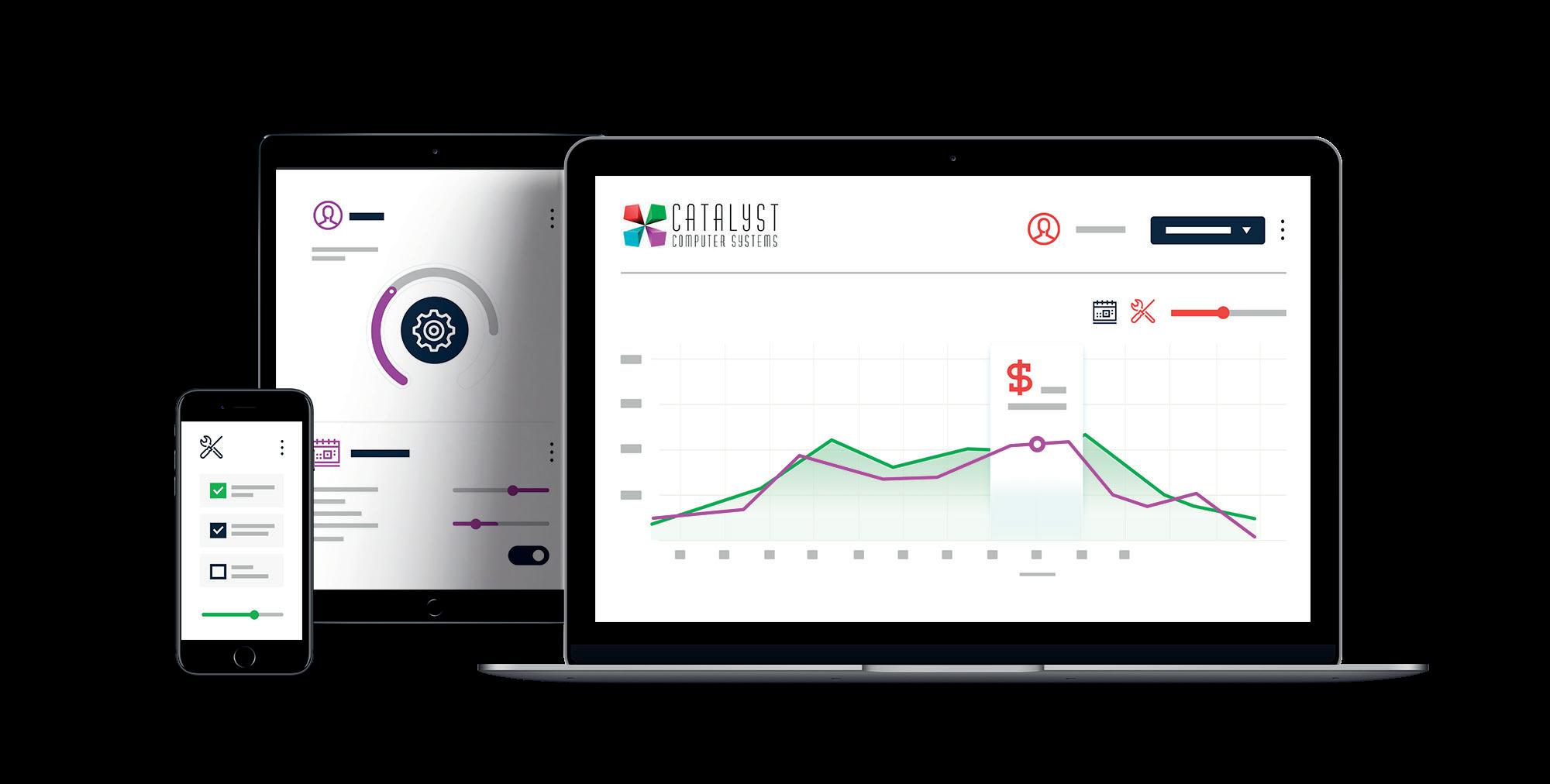
5 minute read
THE BUSINESS ESSENTIALS
Business Essentials CATALYST
0116 230 1500 | sales@catalyst-uk.com | www.catalyst-uk.com The Business
The latest news and views in the world of business The indelicate matter of pay
Employers and employees are under the cosh from rising costs. And, given the inflationary pressures all are experiencing, pay is a subject that isn’t going away any time soon
How a request for a pay rise is received by an employer depends on where they are at in their usual pay review cycle, the industry in which they operate, and the extent of the competition.
Most employees expect an annual pay increase at least in-line with inflation which is currently running at its highest rate in 40 years. It’s entirely understandable that employers can’t afford to offer 9 or 10% pay increases at the moment, particularly given that employers face increased national insurance contributions on top.
Lucy Gordon, a director at Walker Morris, reckons that
“many employees are seeing in the region of 4-5% awarded which is well below the current rate of inflation. This means that employees are earning less, so employers need to be inventive about what they can offer to staff that eases the
strain on income but costs them less too.” She’s come across some really novel ideas that tick other boxes as well, such as corporate discounts on energy-saving devices, electric cars and solar panels for home offices.
SETTING PAY
As to how pay is set depends on the business. In unionised industries, Gordon says that pay is negotiated between the employer and the union, and “this is why we are suddenly seeing a return to strike action when these negotiations are not successful.”
In non-unionised businesses, pay is rarely negotiated with



The Business Essentials
with Adam Bernstein www.abfeatures.com
employees and is usually determined by the managing director or CEO in smaller businesses, and by remuneration committees in larger businesses and PLCs. As Gordon explains, “these committees have the job of benchmarking pay both externally, in the market; and internally, between staff operating at the same levels.”
SHOULD EMPLOYERS LINK PAY RISES TO PRODUCTIVITY?
Linking pay rises to productivity is already used in some sectors, whether that be piecework or team or company performance. However, at the moment, even when businesses are outperforming their previous results, it may still be difficult to give substantial pay rises, given that recession is likely to be looming.
An alternative that Gordon highlights, salary sacrifice, “can present real advantages for all by offering a tax and National Insurance efficient way of purchasing items such as bikes and cars and making pension contributions. This can definitely be a better option for employers than a pure pay increase, but it’s not suitable for all employers.” She says that employers have to think about what happens if an employee leaves part-way through the repayment term, and salary sacrifice can’t reduce pay to below national minimum wage levels.
INDUSTRIAL ACTION
Strikes and ‘work to rule’ can cause severe disruption to business operations and have a knock-on effect on supply chains; for example, where production is slowed or deliveries can’t be accepted, an employer may breach the terms of its contracts with customers.
But as Gordon points out, “employee relations issues can also expose the business to negative publicity – recent wellpublicised examples of action taken by unions include the RMT successfully balloting for industrial action by rail workers.”
She advises that if collective bargaining agreements are in place, employers should make sure they are followed and fully exhausted in order to try to avoid industrial action. However, even with the best will in the world, it may not be possible to avoid industrial action altogether. How such action should be handled depends on whether the action is lawful (authorised and endorsed by a union) or unlawful (where employees take matters into their own hands). Where action is unlawful, Gordon notes that options can include “obtaining court orders to prevent an unlawful strike and considering whether disciplinary action against participating employees, including possible dismissal, is appropriate.” She adds that it’s also important for employers, if industrial action is threatened, to consider contingency planning as “the business may need to re-deploy non-striking employees from other parts of the business based in other locations to cover the work of striking employees.”
Interestingly, Gordon thinks that if a non-unionised workforce seeks to become
unionised, “the employer might want to consider placating staff” by agreeing to an informal request for voluntary recognition which might give the employer more scope to determine the remit of the union.
THE ‘BIG QUIT’ EFFECT
Some sectors are in the middle of one of the biggest talent wars for years, with employees jumping ship for more money. But the pandemic forced some to re-evaluate their working priorities; some want to work less or from home, others remain loyal to an employer who supported them through the pandemic. Regardless, employers need to balance their offering to employees.
Here Gordon cites benefits such as flexitime, extra holiday entitlement or even unlimited annual leave, free breakfasts or lunches and employee discounts which “can all go a long way to improving the employee experience without increasing salary overheads.” Some employers are looking more at employee health and wellbeing with support for mental health, new parents and carers and key issues for women in the workplace.
WORKING EXTRA HOURS
Another option is for overtime, but unless it is expressly stated in a contract of employment Gordon says that employees don’t have a right to it. Overtime is usually offered by an employer, and depending on the contract, the employee might be compelled to work it, or may be able to decline the offer. Overtime can be paid at enhanced rates, but this again depends on the contract: “The only statutory requirement is that employees receive at least the national minimum wage on average for all hours worked or treated as worked. Overtime can be a good solution if employers have such work available.”
IN SUMMARY
The issue of pay is not going away any time soon. For the moment at least, employees have the whip hand and can look for a job elsewhere with ease. This makes it imperative for employers to find creative ways of giving employees more without breaking the bank.










